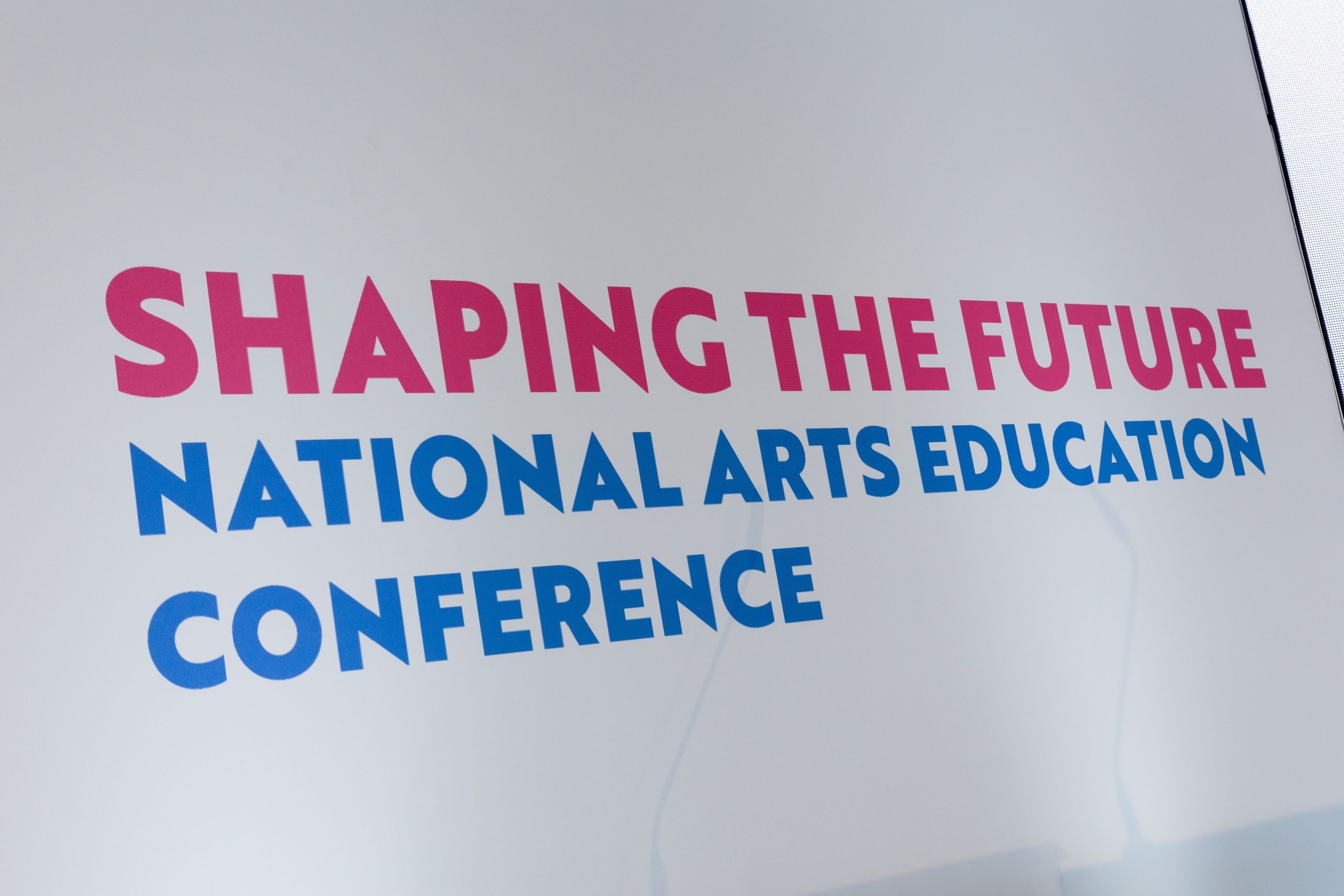As we venture back out into the world, bleary-eyed and cautious, it’s easy to minimise what happened to us over the past few months – how lockdown changed our perceptions of who we are and who we thought we were.
Looking back – in admittedly an irritable state of mind – I wonder why I wasn’t more productive during that time; why I didn’t start that new project that had been on my mind, and why I didn’t do all that reading that had been piling up. The short-term pressures of meetings and project management had gone, and luckily, I didn’t have to worry too much about money, so why did I find myself sinking into a lockdown-induced torpor?
Slowly I realised that it wasn’t inherent and irrevocable laziness that doomed me to permanent inactivity.
I see now that what was gone from my life during that time, along with live events and in-the-flesh meetings, was my sense of my own identity – a sense of who I am as a person, and I suspect I wasn’t alone. That identity that each of us builds and maintains, every hour of every day through an infinitesimal series of actions, words, work, meetings and networks, is more important to us than we care to admit. We curate our identity consciously and unconsciously through our interests, friends, clothes, and beaten tracks to create something that represents who we’d like to be and how we’d like to be seen.
From being always-busy and always-planning-the-next-project, we were all thrown into a stillness that stripped us of our working identity, and I for one, was left adrift and bereft – going from (as I perceived it at least) curator, cultural manager, Maltese, mother, artist, Irish, mistrustful of authority, an active member of the cultural sector, to simply mother, home-school teacher, and maniacal podcast consumer – almost overnight our world shrank, and our sense of ourselves shrank with it.
You think you know who you are until you don’t.
And without that sense of identity, it was difficult for us all to carry on functioning as we had been. In that nebulous atmosphere, any sense of purpose floated away – particularly for those of us working in the arts, where, almost by definition, an audience is a necessary part of the artistic creative act, and the world around us provides the impetus for creative production.
In another artist-in-lockdown-anomaly, the role of the artist as outlier and disrupter came to feel slightly superfluous. This wasn’t the time for pandemic-parodies or art-as-protest; to survive a pandemic, we were told, we had to stay at home, behave ourselves, and obey orders. All very sensible perhaps, but not exactly in line with the rebellious, critical artist’s identity.
In an interview given during this time, writer and activist George Monbiot spoke of the relief provided by the opportunity to admit that we are vulnerable, rather than constantly achieving. He was right – in particular when he said that this may be the perfect time to strengthen friendships and community bonds. But these changes don’t happen overnight – it takes time to reset our internal rhythms and our reasons for working; if I don’t know who I am, then how can I know what I’m here for?
So, what happens now? The world has started turning again, shops and cafés have reopened for business, and yet…. even now, as communities re-open, we question the act of returning to an earlier version of ourselves. We can’t go back to being who we were before, but how can we rebuild an identity that we now know can be so easily erased?
Words by Margerita Pule.

